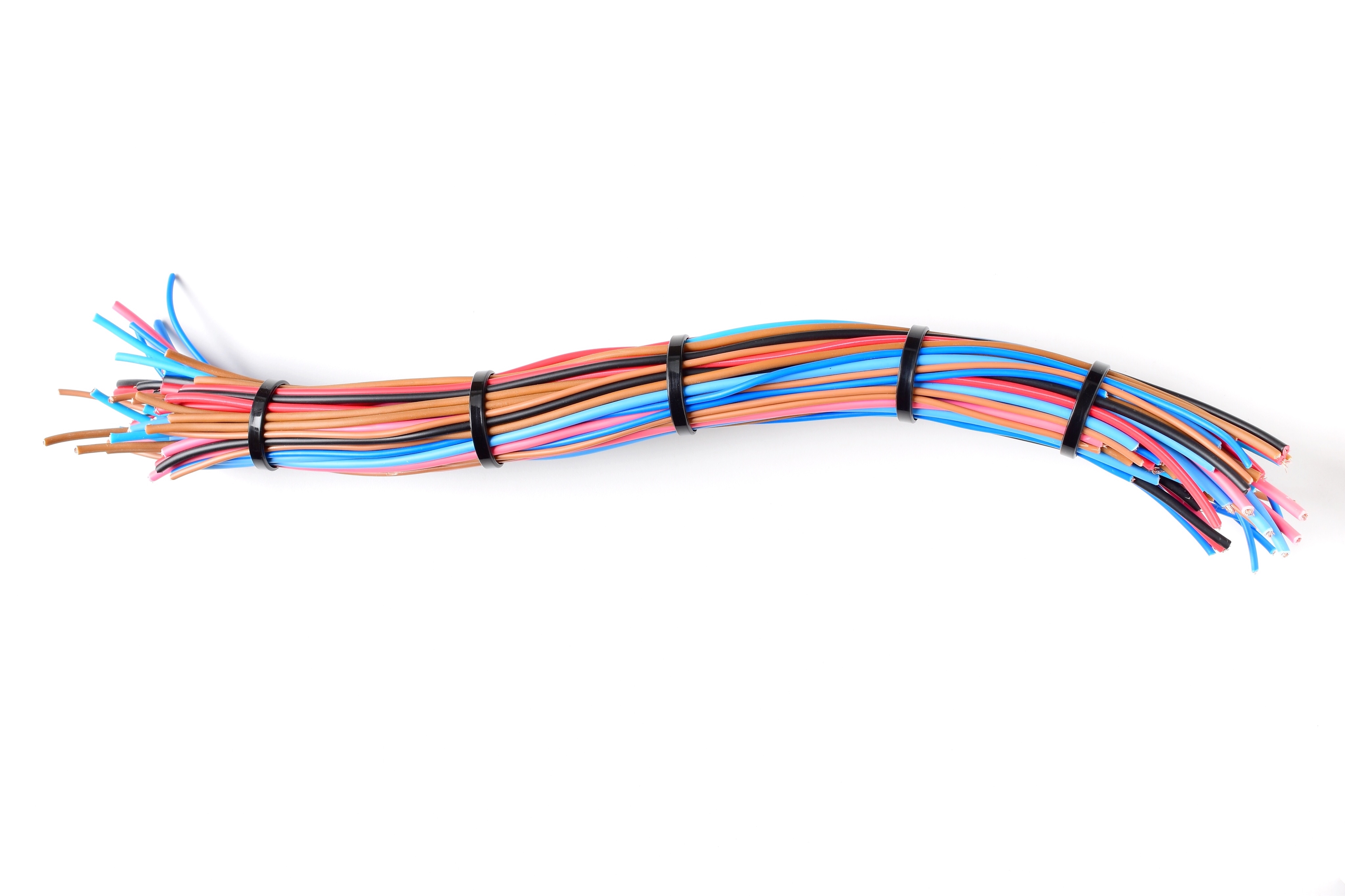Byte-Sized Lesson in AV/IP: Dissecting Bandwidth
Phil Hippensteel breaks down the concept of bandwidth, one of AV-over-IP’s most common terms. How much do you know about it?

In the AV industry, the term bandwidth is used constantly. When it is used with frequency spectrum and signaling, it seems to have a clear meaning. However, when it is used relative to IP, as in the phrase “network bandwidth,” the meaning varies widely. This appears to be particularly common in training materials and study courses in the AV industry. Today, we will discuss this difficulty.
Whenever someone uses the term “network bandwidth,” they are often referring to the maximum or one of the maximum bitrates the individual links can support. For example, let’s say we have an audio network with all gigabit Ethernet switches in it. You might say a gigabit network is in use. If both 1 Gbps and 10 Gbps switches are in the network, you could claim it is either a 1G or 10G network.

However, in the IT industry, it is common to have several descriptions of how much information can be carried by the network. In fact, the term “network” might be used to refer to a connection between two end devices. Assume the server is connected to a switch on a 1G connection and the next few switches in the path to the client are connected by 10G links. Finally, suppose the last switch is connected to the client on a 1G link. The network manager would likely call this client-server connection a 1G connection because it can carry a theoretical load of 1 Gbps between the two end devices.
Often, the description of the path between two such devices is described by two related terms. First, the term “throughput” is often used to describe the number of bits that actually traverse the path. So, in the situation described previously, the throughput at the time of measurement might be 600 Mbps or 850 Mbps. It certainly would never be 1 Gbps, the theoretical maximum rate. This is due to the time gaps between Ethernet frames, the store-and-forward action of the switches, and many other factors. Finally, some in the IT industry use the term “goodput.” This term refers to the actual amount of application data that is carried over the path between the devices. Goodput will always be lower than the lowest bandwidth link and lower than the throughput.
Here is an example. Let’s say a camera is connected over a path to the viewing device using 1 Gbps Ethernet switches. We could say the bandwidth of the path is 1G bps. However, in addition, suppose the camera output is SRT, which is based on UDP and that the actual video is in the form of MPEG Transport. Now, each data packet sent has at least 58 bytes of protocol header overhead. Such packets are often around 1,372 bytes in length. So, our effective throughput has been reduced to about 95 percent of the maximum bit rate, or around 950 Mbps. This would be close to impossible to achieve, even with no other traffic in the link. Finally, the actual video and audio in the mpeg transport data portion would be 1,316 bytes per Ethernet frame. Since UDP does not involve retransmissions, and SRT handles some errors with forward error correction, the goodput could be close to the throughput. On the other hand, if the transport is NDI or adaptive bit rate, both of which allow retransmissions, the goodput will be lower in the presence of loss.
More Byte-Sized Lessons
Byte-Sized Lesson: Understanding HTTP
A daily selection of features, industry news, and analysis for tech managers. Sign up below.
Byte-Sized Lesson: Understanding Error Control
Byte-Sized Lesson: Dissecting the Data Link Level
